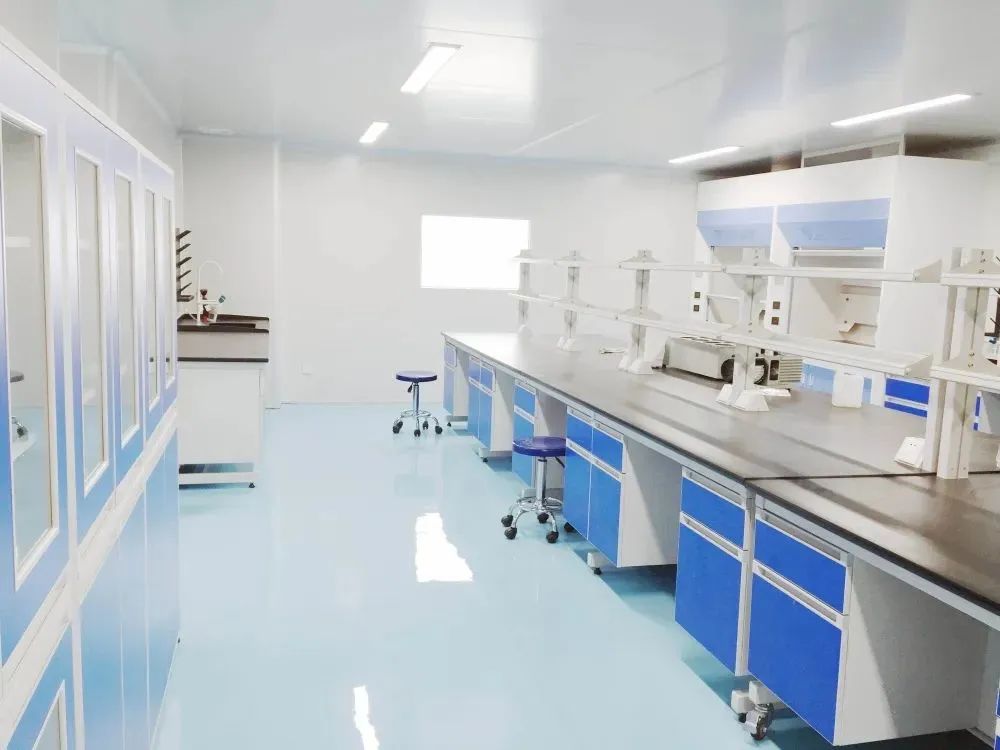COMPANY NEWS
Relevant requirements for environmental protection laboratory design
The construction of professional laboratories at home and abroad is often labelled with green environmental protection. Green environmental protection has always been a part of laboratory designers that must be followed and worked hard. Because the laboratory is a place with a large number of potential security threats after all, it is necessary to carry out the laboratory safety throughout the design, and deeply root the safety from the aspects of safety facilities, material and equipment materials, material and equipment selection, fire protection design, functional system safety factor, etc. enter. In my country, the requirements of relevant competent authorities for environmental protection supervision are becoming more and more strict. Environmental protection design includes the treatment of waste water, waste gas, solid waste, etc. Laboratory wastewater and waste gas have complex components, including acid, alkaline, organic, inorganic, biological and other components. Various components are randomly discharged in time and space, which puts forward high requirements for corresponding treatment media.

General regulations for environmental laboratories
1. The design of the environmental protection laboratory must implement the current national laws and regulations on safety, hygiene, radiation protection, and environmental protection.
2. The radioactive material storage site shall be equipped with anti-theft doors, anti-theft windows and alarm devices.
3. The doors and windows of the bottom floor of the environmental protection laboratory should take safety and anti-theft measures.
4. Warning devices or signs should be set up on obvious parts or doors of experimental areas or rooms that restrict personnel from entering. In addition to warning devices or signs, the storage room of radioactive sources should also be equipped with fire prevention, anti-theft and alarm devices.
Fire Prevention and Evacuation
The fire protection design of the environmental protection laboratory must meet the following regulations in addition to the current national fire protection codes for architectural design:
1. The partition wall of the laboratory with valuable equipment should use a non-combustible body with a fire resistance rating of not less than 1h.
2. The doors of laboratories prone to fires, explosions, chemical injuries and other accidents should be opened in the direction of evacuation.
3. There should not be less than two safety exits in a general laboratory composed of more than one standard unit.

Prevent Chemical Hazard
1. The design of the radioisotope laboratory shall comply with the regulations.
2. A fume hood should be set up in any laboratory that conducts experiments on gases, vapors, odors, smoke, and volatile substances that are harmful to the human body.
3. For laboratories that often use strong acids, strong alkalis, and chemical burn hazards, emergency showers and emergency eye washers should be installed near the exit.
4. The treatment and disposal of waste gas, waste liquid and solid waste in the radioisotope laboratory shall comply with the current relevant national regulations.
5. For laboratories that must store a small amount of dangerous chemicals for daily use, special chemical storage cabinets or fume hoods with continuous ventilation for 24 hours should be set up.
6. Laboratories containing mercury should set up special fume hoods. The floors, floors, walls, ceilings, test benches, doors, windows, etc. of such laboratories should be made of materials that do not crack, absorb, or leak, and should be equipped with mercury collection tanks, trenches, bottles and other facilities . The ground and floor should have a slope of not less than 1%, the trenches and floor drains should have the function of collecting lost mercury, and the lower part of the room should be equipped with an air outlet.
